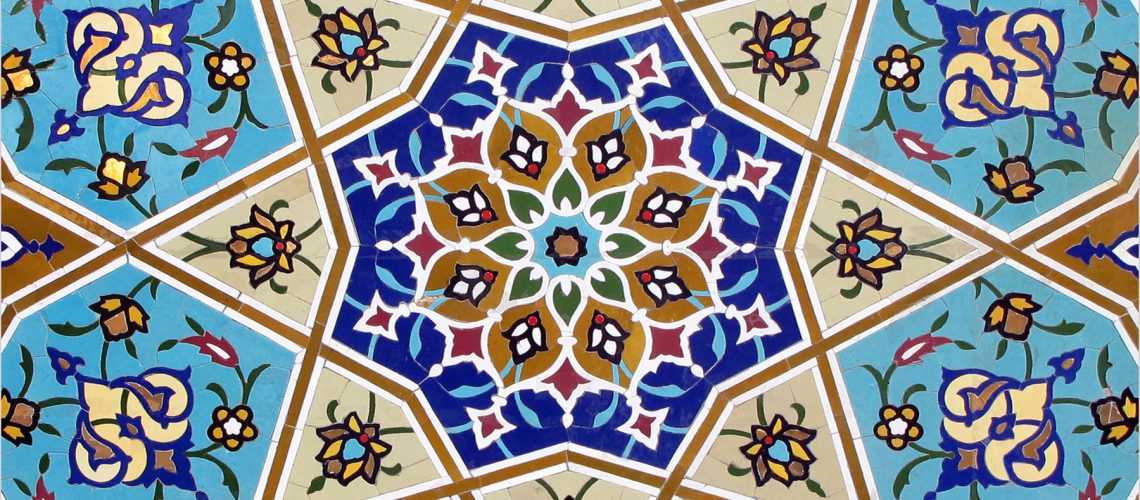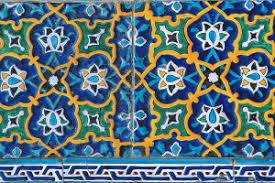Marble tiling9
In mosaic tiling, small pieces are put together and create a coherent design.
Maraqari is the cut pieces of tiles that are carved with different motifs of different colors and placed next to each other and made into large pieces and installed on the wall to beautify the building. These motifs are sometimes from knotting motifs and sometimes from different motifs such as flowers and slime bushes, each of which can decorate the building separately.
he history of marble tiling Tile work reached its peak during the Seljuk period in the 4th century of Hijri. Little by little, in the 8th century of the Hijri, artists made great progress compared to the Seljuk period. They created more and more beautiful. Especially, more cheapness made it more popular. In the 9th and 10th centuries of Hijri, the art of mosaic art reached its eastern methods. During this period, important mosaic centers were established in the cities of Isfahan, Yazd, Herat and Samarkand. The main center of mosaic tile art can be considered as Ardabil in the Safavid era, where works such as the Blue Mosque of Tabriz and Sheikh Safi can be called among the magnificent works of that era. It was moved and created magnificent works. Among the historical buildings of Isfahan that have used the art of mosaic tile work, Imam Square can be mentioned. Maraq has the advantage of being placed on non-flat surfaces such as the body of domes and small garlands and even delicate moqrans, and if it needs to be restored, it will be less likely to be out of harmony with the remains of intact tiles.












